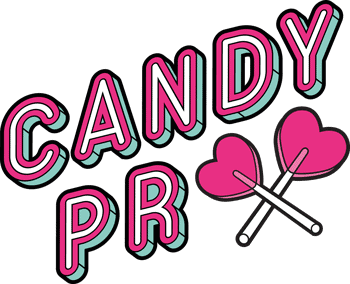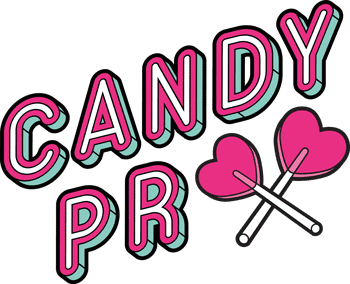
Copywriting Trends in 2024
We all know digital marketing is a bit like a rollercoaster – fast-paced and full of twists and turns. However, in the last 12 months, the field has experienced significant changes and shifts, with emerging technologies, changes in industry practices and evolving consumer preferences to keep up with. As such, marketers – and more specifically, copywriters, are having to reshape how they work and the strategies they employ. In this blog, we take a deep dive into the latest copywriting trends that promise to elevate marketing strategies and captivate audiences in the year ahead.
Video Script Copywriting
Video content continues to dominate online platforms, and writing compelling scripts is more critical than ever. Marketers and copywriters alike should master the art of concise and persuasive video copy, ensuring messages are impactful in the short attention spans of today’s audience.
Artificial Intelligence – Striking the Right Balance
Artificial Intelligence (AI) is playing a more significant role in copy creation. Marketers can harness AI-powered tools to generate data-driven insights, refine messaging, and streamline the writing process, allowing for more efficient and effective campaigns. However – it’s important to exercise caution and balance with these tools. Overreliance on AI-generated content may risk potential penalties from search engines like Google and other platforms. Moreover, discerning readers may spot automated or generic content, resulting in users ‘switching off’ or becoming distrustful of your content. Striking the right balance between AI assistance and human touch ensures authenticity and resonance in your copy.
Conversational Copywriting Takes Centre Stage
As noted above, with the rise of voice search and conversational AI, copy that mimics natural conversation is gaining prominence. Marketers should adapt their writing style to resonate with audiences seeking a more human and engaging online experience.
Personalisation That Goes Beyond a Name
Beyond addressing recipients by name, personalisation now extends to tailoring content based on individual preferences and behaviours. Marketers need to leverage data insights to create copy that speaks directly to the unique needs and interests of their target audience. From personalised product recommendations to tailored email campaigns, every interaction becomes an opportunity to connect with users on a deeper, more meaningful level.
Sustainability Storytelling
As environmental consciousness grows, consumers are seeking brands with values aligned with sustainability. Marketers should incorporate eco-friendly and socially responsible themes into their copy, showcasing a commitment to positive change. However, navigating sustainability storytelling requires authenticity and consistency. Brands must walk the talk, demonstrating tangible efforts towards sustainability. Consumers are discerning, and any perception of greenwashing can erode trust. Therefore, a genuine commitment to sustainability, coupled with a compelling narrative, forms the foundation of a successful sustainability storytelling strategy.
Long-Form Storytelling for SEO
With search engines favouring comprehensive content, long-form storytelling is making a comeback. Marketers need to focus on creating in-depth, quality content that not only engages readers but also boosts SEO rankings. Strategic use of long-form storytelling for SEO begins with thorough keyword research. Identifying relevant and high-ranking keywords enables marketers to weave them organically into the narrative, enhancing the content’s visibility without compromising its storytelling quality. The thoughtful placement of keywords ensures that the content ranks well on search engine results pages (SERPs) while maintaining a natural and reader-friendly flow.
Interactive Content and Copy
Interactive content, such as quizzes, polls, and surveys, enhances user engagement. Marketers should explore incorporating these forms of interactive elements into their copy to create a more immersive and participatory experience for their audience – turning passive readers into active participants.
The strategic use of interactive content and copy involves understanding the audience’s preferences and crafting experiences that resonate with their expectations. Whether it’s a choose-your-own-adventure-style narrative or a product quiz guiding users to personalised recommendations, the goal is to establish a sense of co-creation, where the audience becomes an integral part of the storytelling process.
For more copywriting hints and tips, take a look at Candy PR’s latest blog series, or feel free to get in touch with us at Candy PR.

